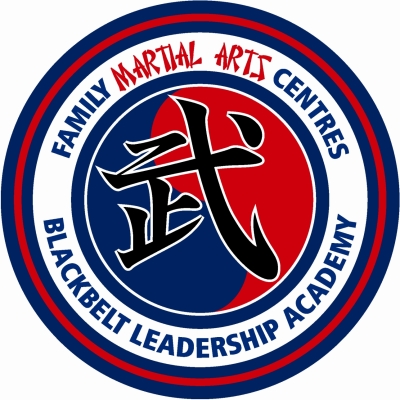What should you consider when learning a new hyung? The following points will help you to understand the character of the form and will ultimately aid you in performing the form properly.
- FORM SEQUENCE – The correct moves and sequence of moves within a particular form.
- POWER CONTROL – Command of the release, restraint and relaxation of explosive energy of focused power.
- TENSION & RELAXATION – Mastery of breathing and time in the accumulation and release of energy or power.
- SPEED AND RHYTHM CONTROL – Co-ordination of moves at rates appropriate to the sub-sequences with the form.
- DIRECTION OF MOVEMENTS – Certainty of balance and confidence of step in changing direction.
- SPIRIT OR ATTITUDE – Evidence of a sense of calm and humility based on self-knowledge and dedication to the perfect form.
- POWER OF TECHNIQUE – Rigor and strength of moves especially evident in equal power of attack and defence.
- UNDERSTANDING FORM TECHNIQUE – Demonstration in the form that the sequence of moves has been internalized and flows with the naturalness and ease of reflex responses ie. With the obvious intervention of conscious thought.
- DISTINTIVE FEATURE OF THE FORM – Evocation in the observer of a vivid awareness of the specific kinds of attack and the number and direction of attackers for witch a particular form is designed.
- PERFECT FINISH – As additional evidence of concentration and control, the last move of the form ends at the starting point and then remains frozen or fixed there until signaled by the referee, judge or teachers.
- PRECISION OF MOVEMENTS – Such accuracy in the execution of a move as reflects the finest logical coordination of balance, distance, power, ability and control.
- INTENTNESS – Direction and concentration of the entire attention upon points of power. The intent eyes communicate both a determination to defend against attack and a predetermined or deliberate design for defence. Further, the eyes anticipate the intended direction of moves by quick shifts and the concentration of focus upon the point of power.
Use these points to evaluate a form and for the study of its improved performance.

